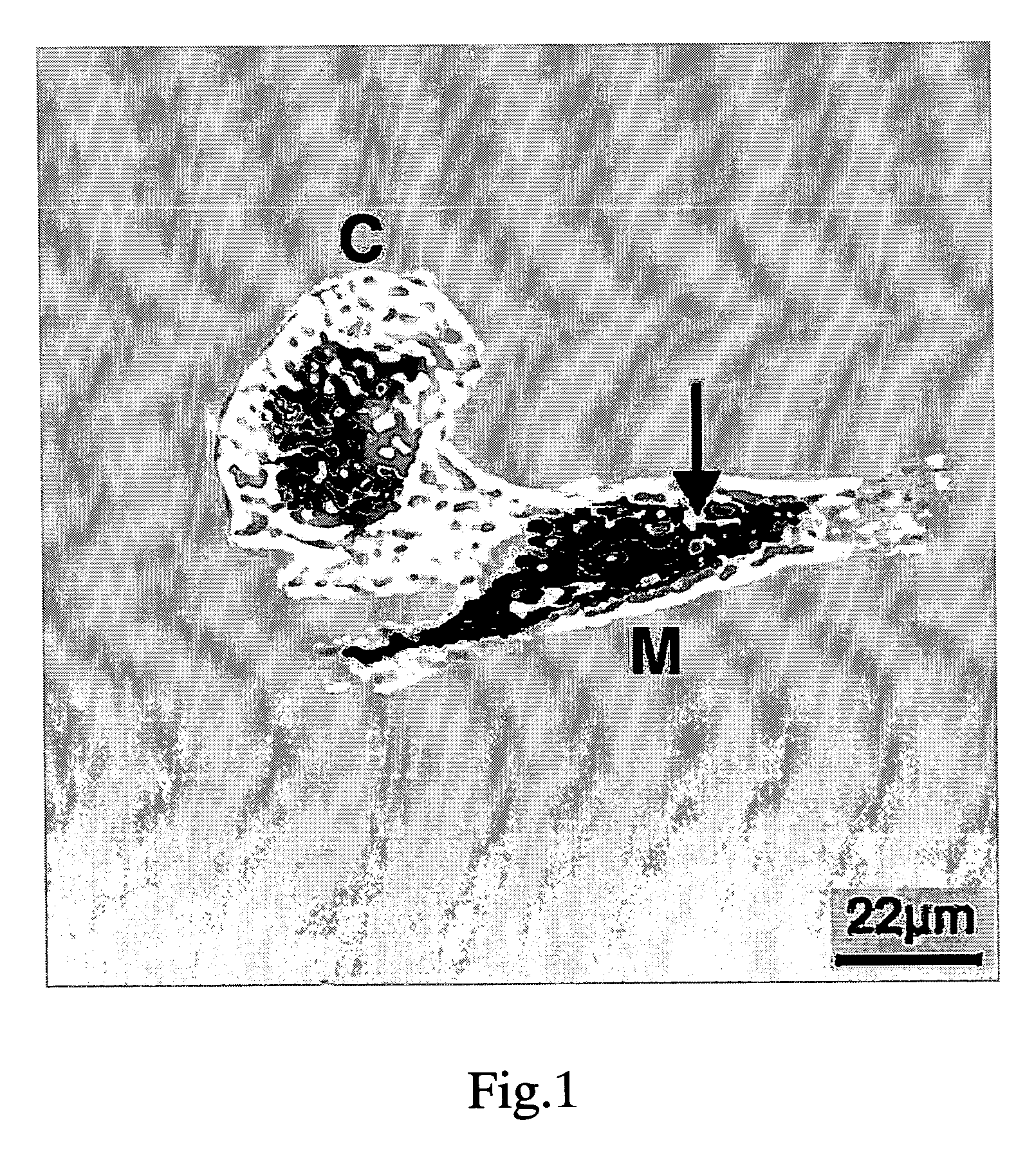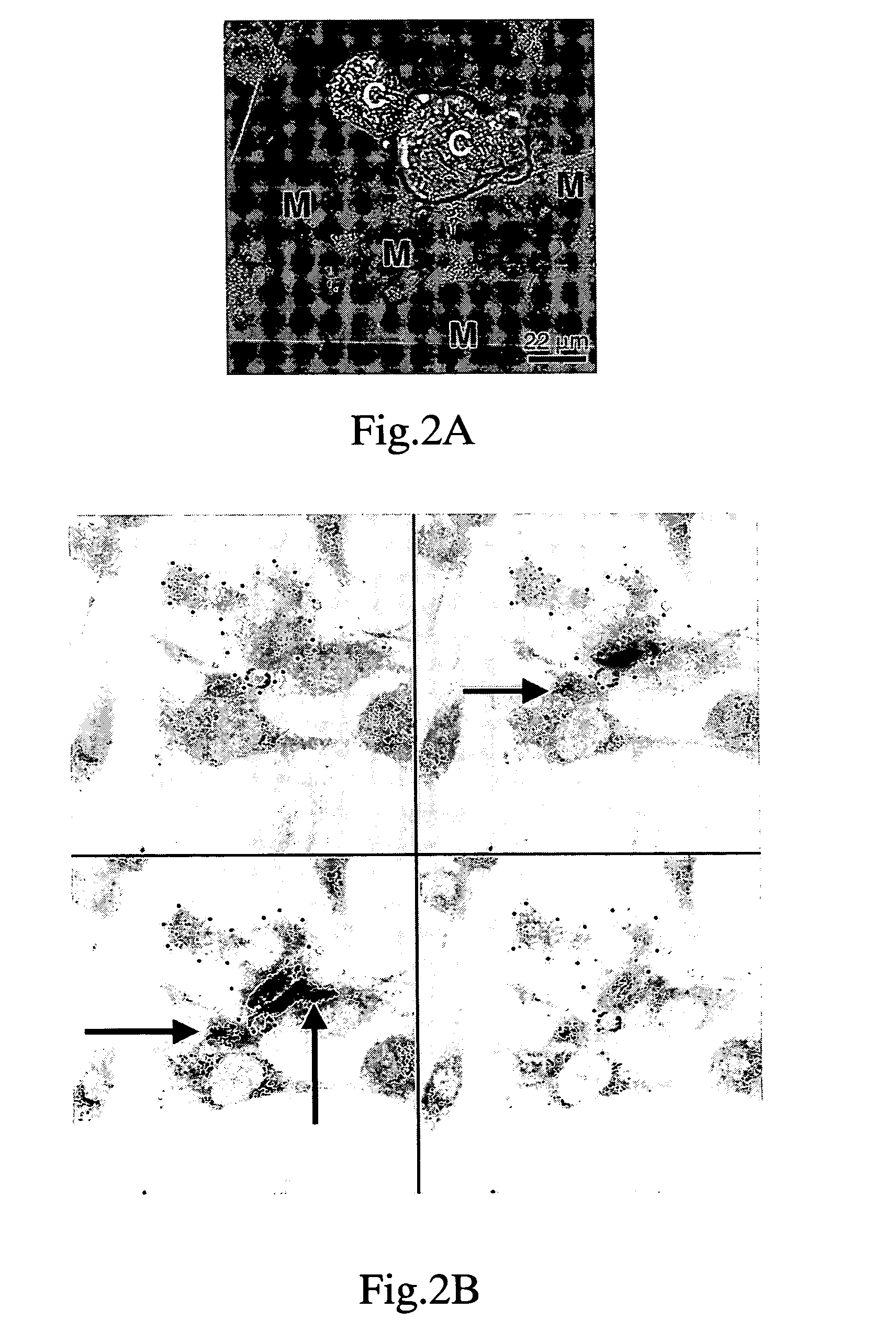Use of relaxin as adjuvant in the differentiation of stem cells for the reconstruction of tissues
a technology of stem cell differentiation and relaxin, which is applied in the field of activation and/or differentiation of stem cells, can solve the problems of inability to direct clinical application, inability to induce cardiomyocytes to resume the cellular cycle, and inability to conduct experiments in infarcted hearts, etc., and achieves rapid tissue maturation and organogenesis.
- Summary
- Abstract
- Description
- Claims
- Application Information
AI Technical Summary
Benefits of technology
Problems solved by technology
Method used
Image
Examples
Embodiment Construction
Use of RLX as Adjuvant in the Differentiation of Cardiac Stem Cells: Interaction Between Cardiomyocytes and Skeletal Myoblasts in Culture In Vitro
[0061] Myoblasts of mouse of the strain C2C12 obtained from the American Type Culture Collection (ATCC, Manassas, USA) were cultivated in DMEM medium containing 10% of fetal bovine serum and 0.1% of gentamicin, in an atmosphere containing air at 95% and CO2 at 5% and at a temperature of 37° C. The medium was changed every 48 hours. Once a confluence of 90% had been reached, the cells were induced to differentiate by cultivating them in DMEM medium without serum with 0.1% of bovine serum albumin (BSA) for 24 hours.
[0062] Primary cultures of rat cardiomyocytes were obtained from hearts of male rats of the Wistar strain of about 250-300 g body weight by enzymatic digestion of the tissue with collagenase 1, according to a known method described for example in Nistri S., Mazzetti L., Failli P. and Bani D. High-yield method for isolation and ...
PUM
 Login to View More
Login to View More Abstract
Description
Claims
Application Information
 Login to View More
Login to View More - R&D
- Intellectual Property
- Life Sciences
- Materials
- Tech Scout
- Unparalleled Data Quality
- Higher Quality Content
- 60% Fewer Hallucinations
Browse by: Latest US Patents, China's latest patents, Technical Efficacy Thesaurus, Application Domain, Technology Topic, Popular Technical Reports.
© 2025 PatSnap. All rights reserved.Legal|Privacy policy|Modern Slavery Act Transparency Statement|Sitemap|About US| Contact US: help@patsnap.com



